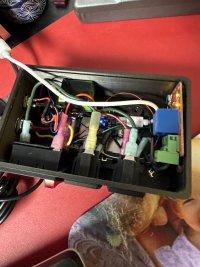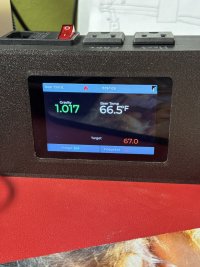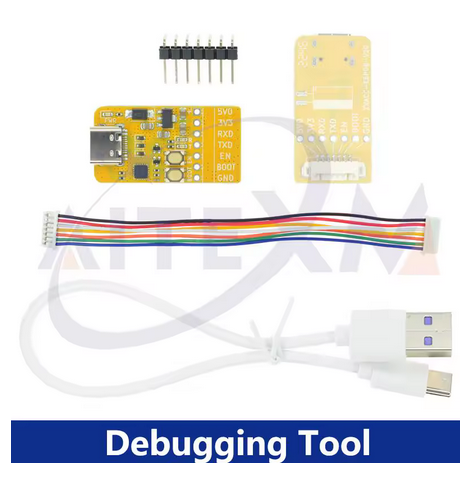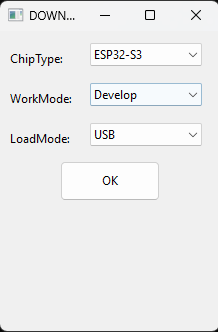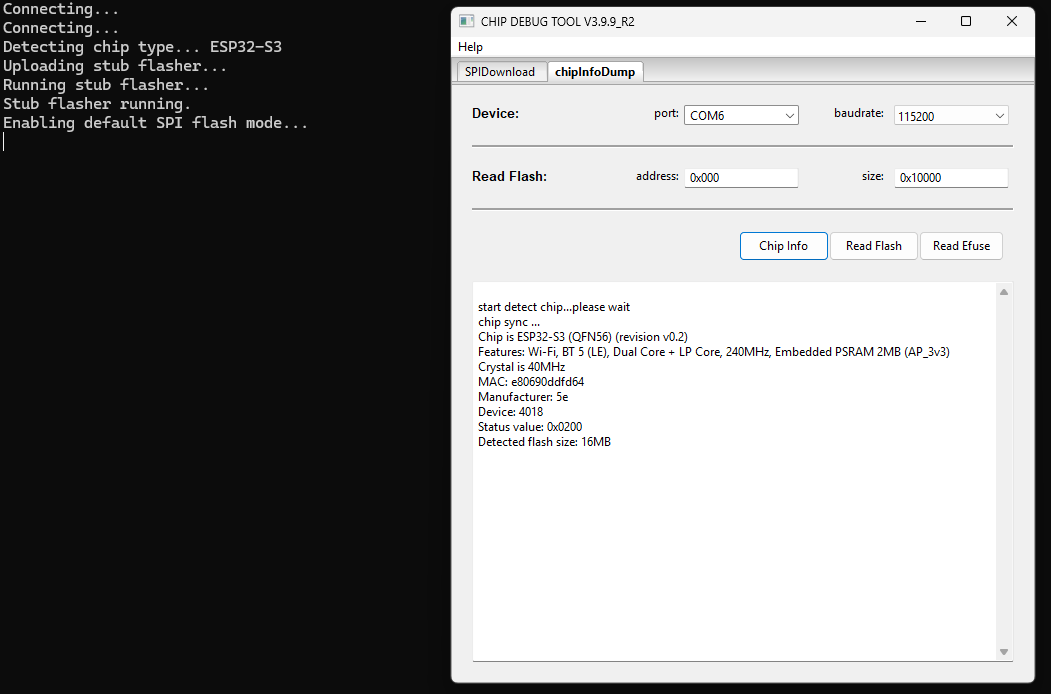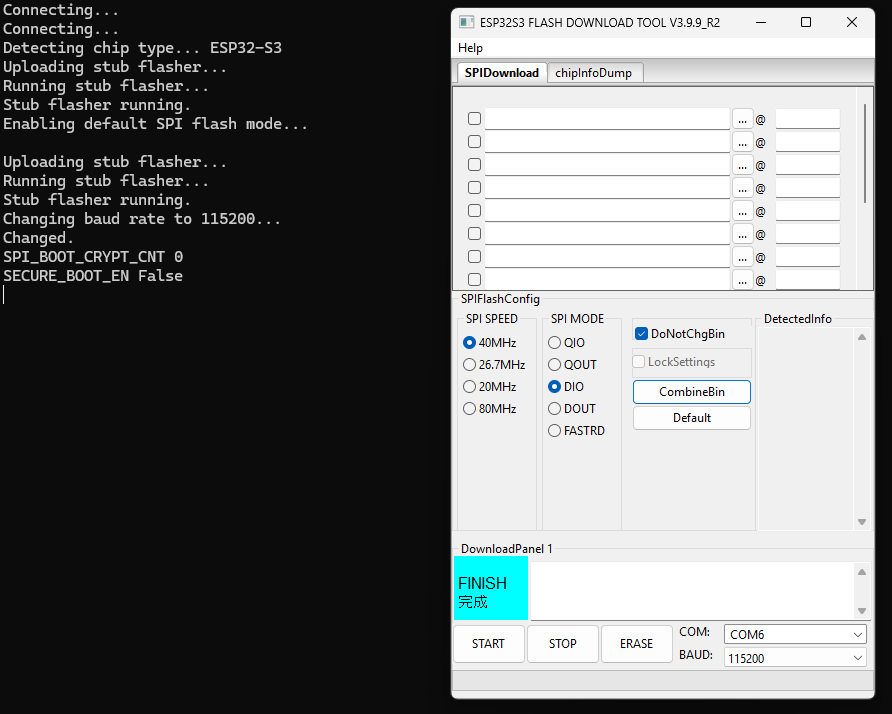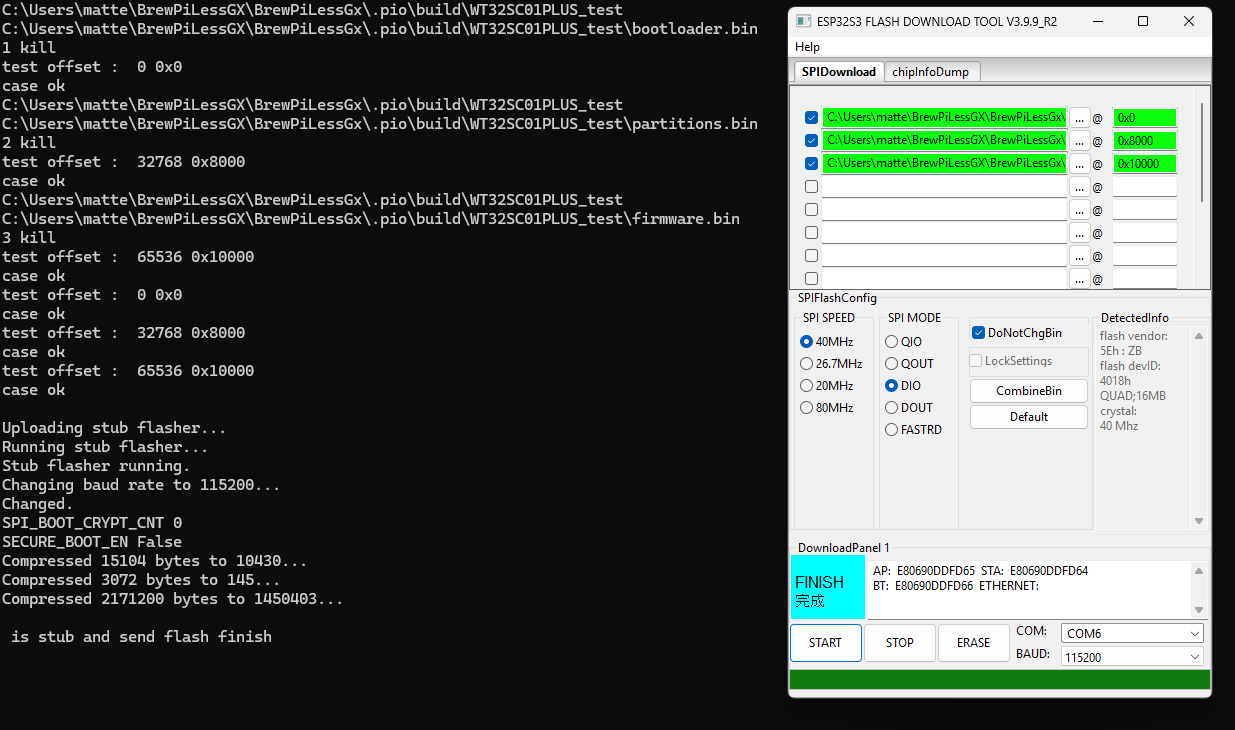OpenFermenter
Well-Known Member
- Joined
- Jul 19, 2018
- Messages
- 51
- Reaction score
- 13
I also had issues with Windows but VSCode using WSL and VSCode using a remote linux box both worked for me (at least when I compiled with default_envs = ESP32_2432S032C, when I build with lgfx I get a blank screen on my 2432S032C). If you don't find a windows solution and you give WSL a try, you also need to get WSL to see the serial port which requires a little work too. Far easier for me was having a dedicated linux box with the device plugged into it and remoting to it within VSCode on my windows machine. Now I have both WSL and a remote linux box working I could in principle compile quickly on my more powerful WSL box then move the file to my linux box to upload it, but for this project the speed difference isn't so different, maybe for a bigger compile it would be worth it.I left this project for a while because I could not get it to work!
Because I saw that there was a new release I wanted to tried it again but it failed again!
I can compile it but in the beginning I got this message:
View attachment 863510
(I'm using Windows so .sh don't work. is this importent?)
Upload with VS code to my WT32-SC01+ seems to work and after the configuration of the Wifi
I can access it through a webbrowser but then I'm stuck.
Every time that I want to configure the devices or other things I got popups messages:
View attachment 863506
Or sometimes these:
View attachment 863508 View attachment 863509
And in the Terminal Monitor of VSCode I get these messages.
View attachment 863507
It looks like the Littlefs partition is missing or not writable?
And I'm not able to save any of the settings (Devices, Title, LCD auto Off, Screen Saver Timeout, ...).
I think that I'm missing some step to get it working?
As I've already mentioned before that I'm new to PlatformIO but did some other projects with ESD-IDF before and there we can to use menuconfig to configure the ESP32 board (Flashsize, CPU freq, partitions,...) is this also reauired with PlatformIO?
Could someone please just explain in short all the required steps needed to get this working?
Or point me to the location were I can find some documentation?
After all that I expect someone will now come along with a simple native windows fix...









![Craft A Brew - Safale S-04 Dry Yeast - Fermentis - English Ale Dry Yeast - For English and American Ales and Hard Apple Ciders - Ingredients for Home Brewing - Beer Making Supplies - [1 Pack]](https://m.media-amazon.com/images/I/41fVGNh6JfL._SL500_.jpg)














































